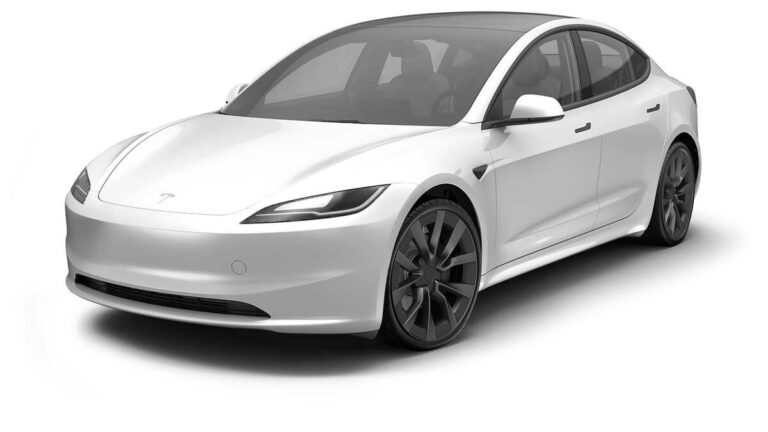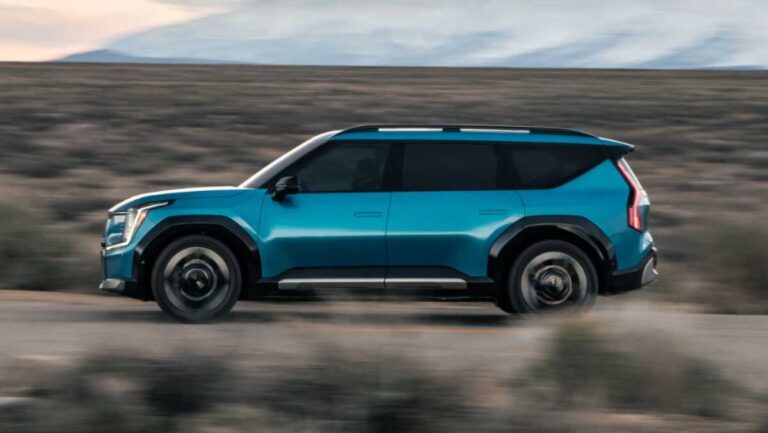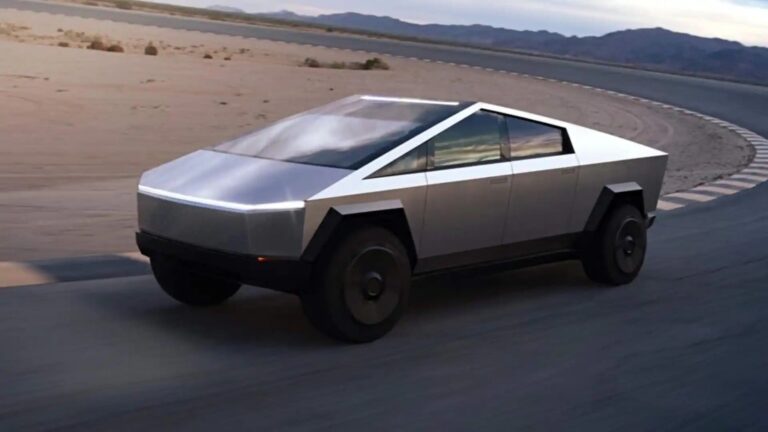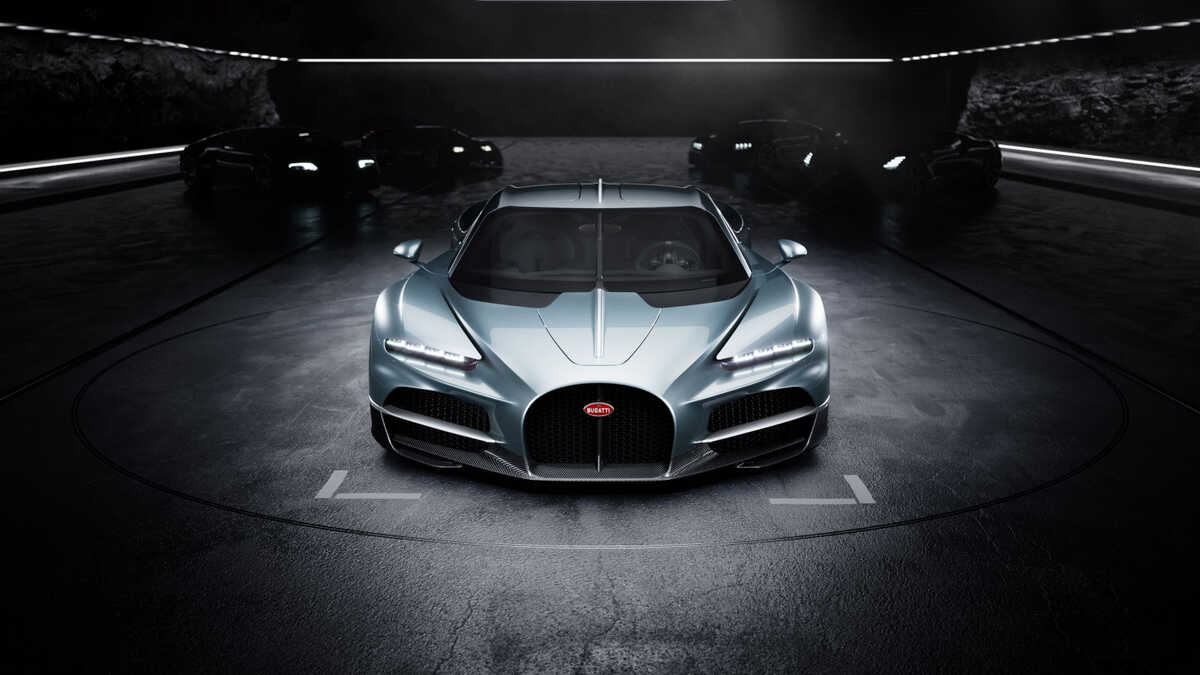Koenigsegg Jesko Absolut: The Fastest Car In The World In 2024
Koenigsegg Jesko Absolut is the fastest car in the world in 2024, thanks to its power, aerodynamics, and transmission capabilities.
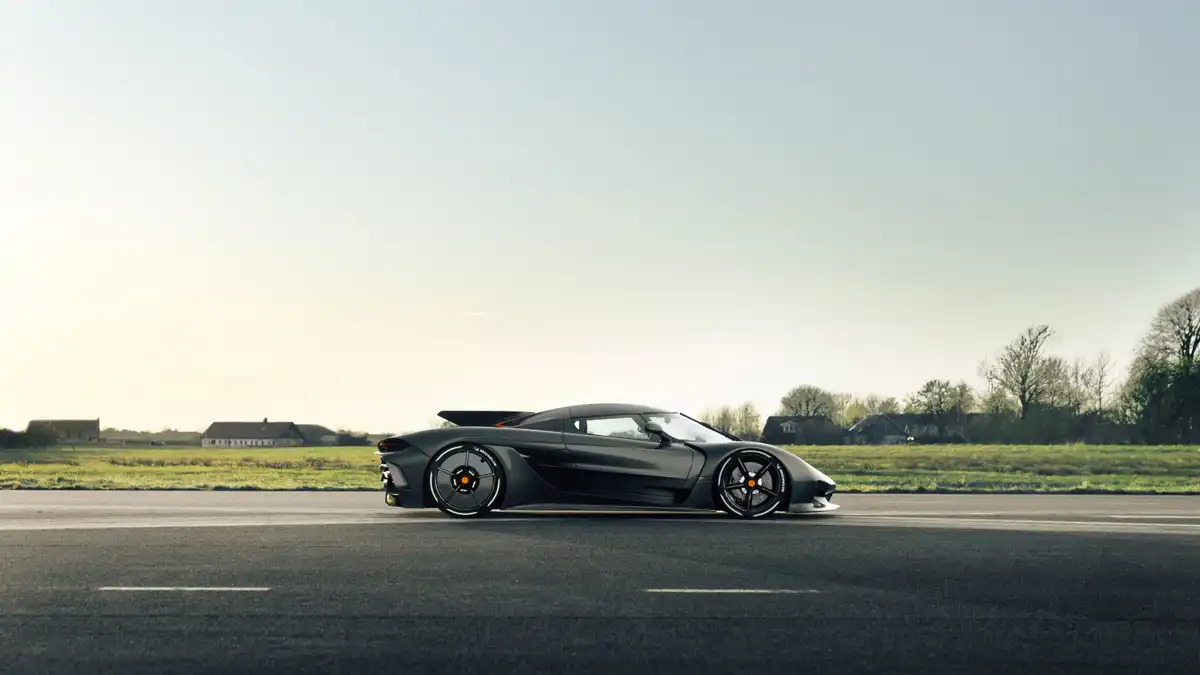
Speed is terrifying. Perhaps that is why it is such a fascination for human beings. It was in the mid-20th century that talk of the “fastest car” emerged on the street. The Dodge Charger was the first car to cross the 200-mph mark. After that, there was no stopping. Coming to the silver jubilee of the 21st century, automotive technology has shredded way past that mark. There are a couple of cars that have made it past the 300-mph milestone and are already pushing beyond.
So which is the fastest car in the world? The Koenigsegg Jesko Absolut, with a claimed top speed of 330 mph. Let’s take a look at what it takes for a piece of metal to hold this prestigious title.
The fastest car in the world: Koenigsegg Jesko Absolut
As of 2024, the title of the fastest car in the world is held by the Koenigsegg Jesko Absolut. This masterpiece has shattered records of speed hitherto undreamt of.
First and foremost, the Jesko Absolut isn’t just about raw speed—though it certainly has plenty of that. This hypercar is responsible for breaking four world records for speed and performance in a single day. The most jaw-dropping statistic is its 0-400-kmh-0 time of 27.83 seconds. In miles per hour, that translates to a heart-spotting acceleration from 0 to 250 miles per hour and then a deceleration back to zero in under 28 seconds. Strip away the braking performance, and the Jesko Absolut rockets from 0 to 250 mph in a mere 19.20 seconds.
Top speed is the headline act here. According to Koenigsegg, the Jesko Absolut can achieve a mind-boggling 330 mph. Powered by a twin-turbocharged 5.0-liter V8 engine that churns out a staggering 1,600 horsepower and 1,106 pound-feet of torque, this car is not for the faint of heart.
Yet, power alone isn’t enough to reach such speeds. The car’s aerodynamic design is equally important. With a super-slippery drag coefficient of just 0.278, the Jesko Absolut slices through the air with minimal resistance. It is this streamlined design that allows it to reach extreme velocities.
But speed isn’t just about power and aerodynamics—transmission is also a key component. The Jesko Absolut features Koenigsegg’s Light Speed Transmission (LST), a nine-speed transmission that shifts gears so quickly it’s nearly imperceptible. This isn’t just marketing hyperbole; the LST uses several wet multi-disc clutches and is incredibly lightweight, allowing it to change gears almost as fast as the name suggests.
Koenigsegg declared, “The Jesko Absolut is destined to achieve higher, more extraordinary speeds than any Koenigsegg or any other fully homologated car before it.” Their engineers have poured their expertise into making this hypercar not just fast but extraordinarily refined in its speed.
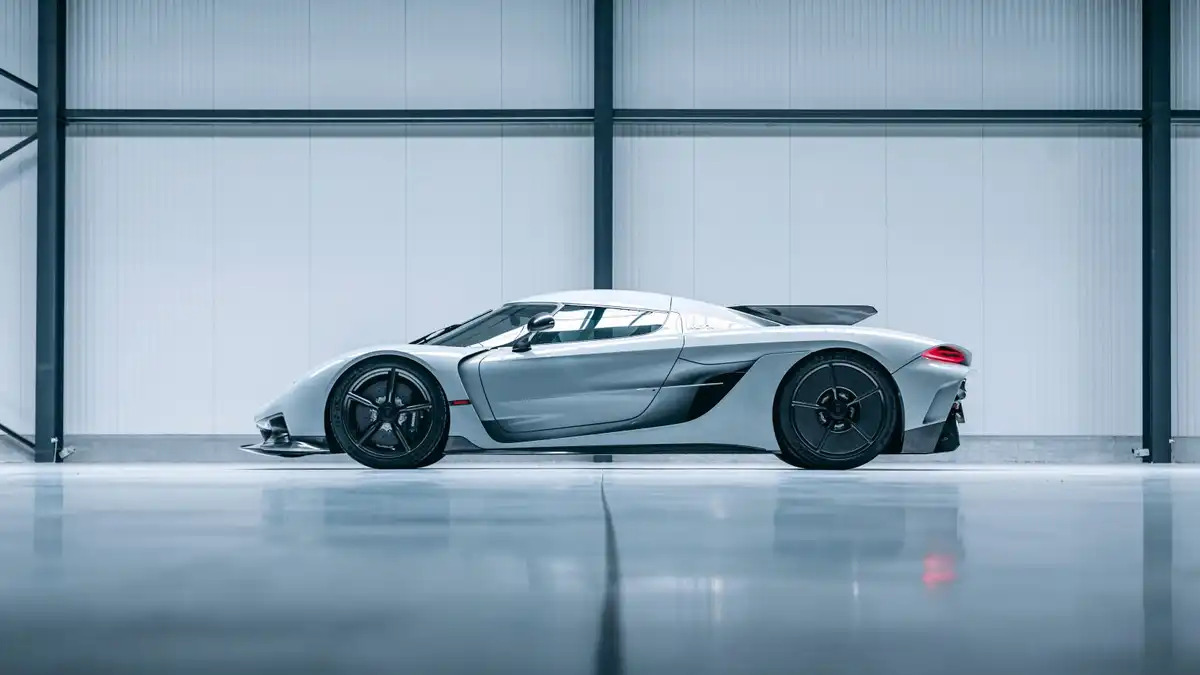
Price tag of the Koenigsegg Jesko Absolut
The question on everyone’s lips: How expensive is the Koenigsegg Jesko Absolut? The answer is as staggering as the records the vehicle breaks. It is priced at nearly $3 million and only 125 units have ever been made. Even more surprisingly perhaps, each one quickly found an owner despite the steep price. It seems the allure of owning the fastest car in the world is simply irresistible.
But having money in the wallet is one part of the equation. The other half of the challenge lies in finding a suitable location to unleash the beast. There are only a handful of places on the planet that can safely accommodate a car capable of surpassing 300 miles per hour. These select few locations are often remote. For many owners, the sheer pride of possessing such an engineering marvel is reward enough.
Crafting the perfect machine: How was the Koenigsegg Jesko Absolut created?
What does it take to propel a car past the 300 mph mark? It’s far more than just horsepower and a straight stretch of road. These supercars are feats of aerodynamic mastery. They have to be sculpted to cleave through the air with minimal resistance and at the same time, generate immense downforce to anchor them to the ground. Every curve, every fin, and every vent serves a purpose. Airflow has to be directed to reduce drag and maximize stability at mind-bending speeds.
Speed is dangerous and if not handled with care, it can crush anything that stands in the way. The forces at play in a vehicle that surpasses limits are staggering—thousands of pounds of downforce exerted on every component, from the suspension to the tires. Suspension systems must absorb this immense load while maintaining enough flexibility to adapt to imperfections in the road that, at 300 mph, can transform into significant obstacles.
Speaking of tires, they bear perhaps the harshest burden during these high-speed trials. Compressed by the aerodynamic forces and subjected to extreme friction and heat, the rubber must endure temperatures that would melt lesser materials. Rotating thousands of times per minute, they must remain structurally sound, and resilient against the forces that could distort them.
Even the smallest components feel the strain. Tire pressure sensors, normally inconspicuous, become critical points of concern at top speeds. Their rotational weight increases, potentially causing imbalances that could compromise the car’s stability.
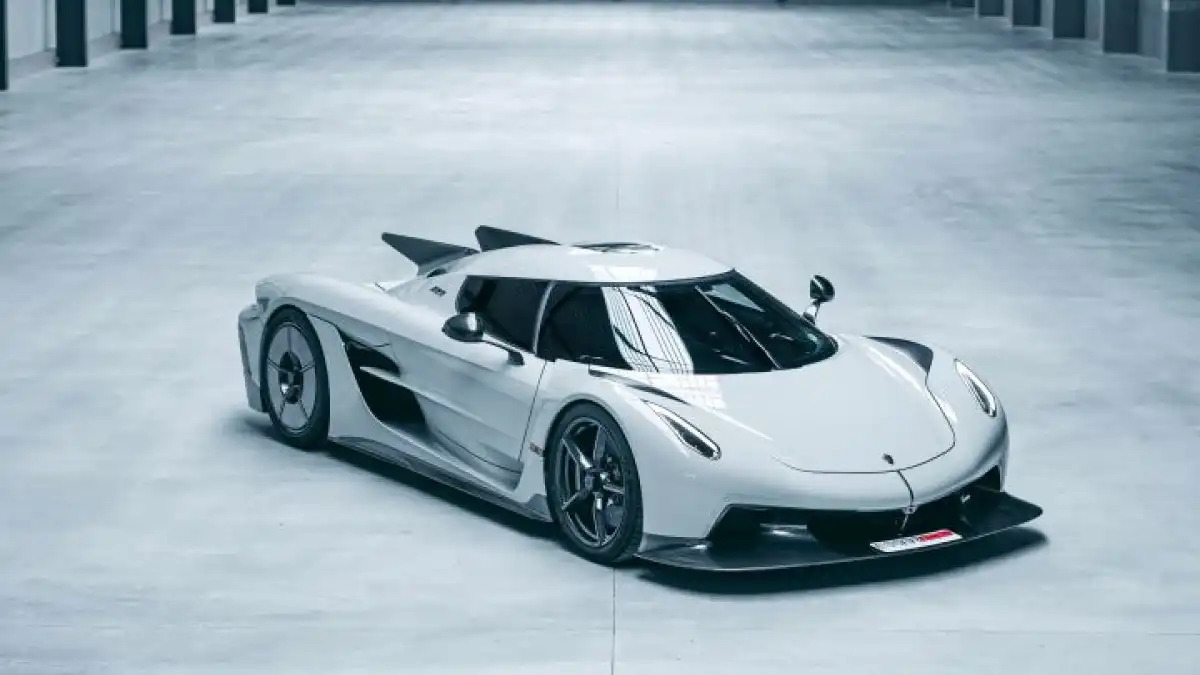
Koenigsegg Jesko Absolut Rival: Bugatti Bolide
When considering cars that rival the Koenigsegg Jesko Absolut, the list is short but definitive.
The first name comes from Bugatti, as expected. The Bugatti Bolide is second to none in its design and performance. Under its aggressively sculpted hood lies a powerhouse: a quad-turbo 8.0-liter W16 engine. This beast produces a jaw-dropping 1,847 horsepower and 1,365 pound-feet of torque. This engine propels the Bolide to an astonishing top speed of 311 mph, making it one of the fastest cars in the world.
However, the Bolide is not designed for casual Sunday drives. Unlike its stablemate, the road-legal Chiron, the Bolide is strictly a track-only machine. Bugatti’s decision to keep the Bolide off public roads was met with mild disappointment, especially given its eye-watering $4.4 million price tag. But from Bugatti’s perspective, this freedom allowed them to push the boundaries of what’s possible, to truly experiment with technology, and to take it as far as it goes. As a result, the Bolide is a brutal speed machine, crafted without compromise.
The Bolide’s suspension is significantly stiffer than that of the Chiron. It rides on Michelin slicks which provide the necessary grip to handle its immense power. The car’s structure includes a revised carbon monocoque and numerous 3D-printed components. Without the need to navigate curbs, speed bumps, or pedestrians, Bugatti’s designers had free rein to create aerodynamics and bodywork that are as functional as they are menacing. Even when it’s at rest, it looks like the car could slice through the air with ease.
Produced in an ultra-limited run of just 40 units, the Bugatti Bolide is far more exclusive than even the rarest Koenigsegg. Again, as with the Jesko Absolut, this scarcity only adds to the allure of owning something like it.
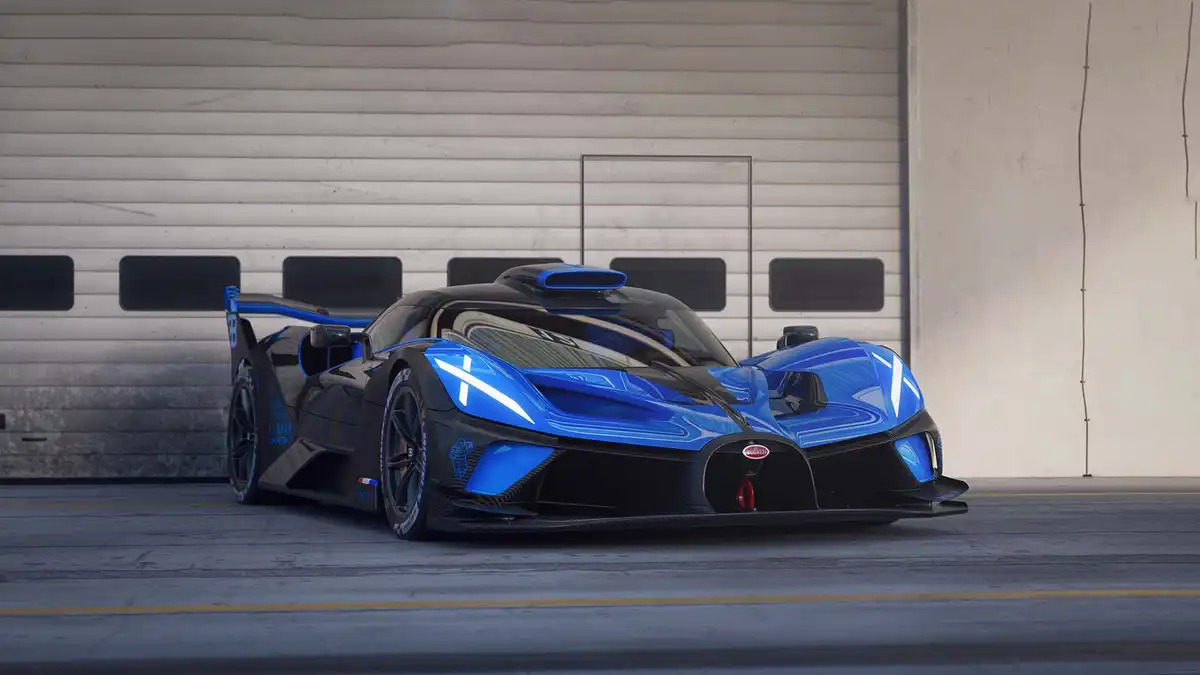
Who held the title of the fastest car previously?
The mantle of the fastest car in the world has been around for quite some time. Let’s take a brief look at the history of this title passed down over decades.
The first car to popularize the accolade of the “fastest car” was the iconic 1969 Dodge Charger Daytona. The record was created half a century ago, amidst the roaring engines of Talladega in Alabama. This American supercar shattered records by becoming the first car to breach the 200 mph barrier. It was a momentous occasion. Automotive engineers have since then competed against one another for this title.
Contrary to expectations, it wasn’t a Ferrari or a Porsche that initially claimed the appellation of the fastest road-going car. Ferrari only stepped into the limelight with the legendary F40. Its sleek lines and twin-turbocharged 2.9-liter V8 engine announced the arrival of a line of production cars that were more showpieces than functional machinery. The Ferrari F40 broke past the 200 mph limit easily. Packing 471 horsepower under its hood, the F40 focused not only on simple speed but also on aesthetics. It achieved a 0-60 mph sprint in a blistering 3.8 seconds.
Porsche presented the 959 as its contender in the speed race. Sadly, it fell short of the F40’s top speed by single digits. It achieved an impressive 197 mph. Fast forward to today, speeds now exceed 300 mph in specialized configurations, and still, automotive technologies show no sign of slowing down.
Here is a list of the top 5 fastest cars in the world in 2024:
- Koenigsegg Jesko Absolut: 330 MPH (Claimed)
- Bugatti Bolide: 311 MPH (Claimed)
- Bugatti Chiron Super Sport: 305 MPH
- Hennessey Venom F5: 300 MPH (Claimed)
- SSC Tuatara: 283 MPH
The new name of the game: Electric vehicles
Electric power is revolutionizing the automotive industry. The general impression is that electric vehicles are much slower than fuel-powered ones. However, despite such a reputation, there are at least five electric models on the market today that boast top speeds exceeding 200 mph.
The Lucid Air Sapphire offers a top speed of 200 mph. What sets it apart is its astonishing 0-60 mph time of under 2 seconds. This outpaces even the Tesla Model S Plaid, which clocks in at 2.1 seconds for the same sprint. The Lotus Evija also boasts a 200-mph top speed. While it may share similar top-speed statistics with its peers, it’s the overall performance and driving experience that truly makes it stand out.
Then we have the Pininfarina Battista offering an impressive 217-mph top speed. It’s the Battista’s 0-60 mph time of 1.8 seconds is well ahead of its time. But the top spot is reserved for the Rimac Nevera. With a staggering top speed of 258 mph and a 0-60 mph time of 1.9 seconds is a true monster.


